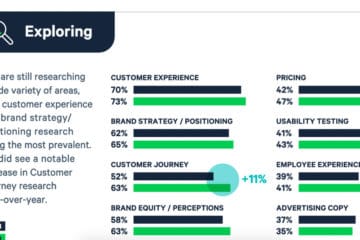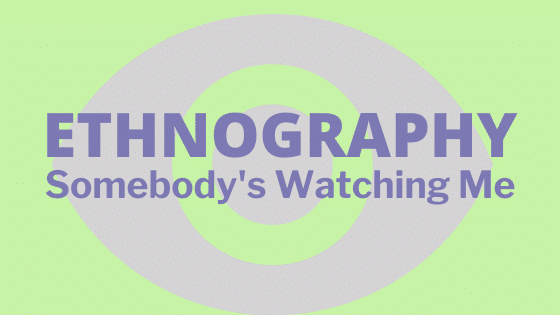Creating a Customer Profile
One of the most common applications of consumer research is creating a customer profile, also known as a target persona. Generally, that means marrying demographic data with insights about behavior and attitudes to build a narrative about who you are targeting.
This has various benefits, chiefly to give a mental grounding point for the rest of the strategy. It’s easier to plan communications with an idea of whom we wish to reach. It also serves as a starting point for testing creative, messaging, etc.–a hypothesis against which we can begin to test and learn. Overall, it is a key foundational piece of any marketing strategy.
In the rest of this article, I will give an overview of how to begin creating a customer profile.
Step 1: Inspiration
Rarely will you come into a targeting exercise completely cold. It’s a target customer for something: your store, restaurant, product, etc. So you almost certainly have some idea who will/does want what you sell. Don’t get too data-heavy at this stage. Simply list the attributes of this person, and some of the tidbits you know or believe about them, such as
- Demographics (age, sex, marital status, parental status, location, income, job, etc.)
- Existing relationship with your product or category (Do they know your product exists? What do they think about it? Are they current users? Frequent or rare use? Do they use your competitors?)
- Lifestyle (leisure activities, how they spend their day, etc.)
- Values/beliefs
- Media (anything you know about how they use media, especially as it relates to your offering)
This is more of a brainstorm exercise than an exhaustive profile, so do not worry about missing pieces yet.
Step 2: Research
So you’ve created a basic foundation. It’s time to back up inspiration with knowledge. That means using existing data, and conducting custom research. The goal is to verify (or disprove) what you already think, and fill in the spaces that remain.
A complete overview of every possible research tactic is beyond the scope of this article. Here are a few key ones:
- Existing data tools: these range in scope from syndicated surveys that can include six-figure subscription costs to free tools like Facebook Audience Insights, with a lot in between
- Your own data: customer data, and other information you have collected.
- Conversation insights: finding and analyzing what people are saying, to gain a fuller picture of attitudes and behaviors. Tools range from sophisticated analytics tools to conducting a hashtag search on Twitter.
- Custom research: a variety of methods that include fielding surveys of your customers or others, conducting interviews and focus groups, observation (watching people buy or use the product/service).
- Trends: never trust a strategist who is not well-read. That includes being current on industry trends, but ideally also a broad pool of ideas from other categories and culture to draw from.
Step 3: Creating a Customer Profile
At this point, we’ve done a lot of work and got a metric ton of information–more than we can use, actually. This is where an experienced insights professional (Hi!) can work with you to determine the most important data points and insights that will create the most clear, relevant version of your target customer persona.
So if you would like to learn more about this process and how it can improve your marketing, brand, or product strategy, drop me a line.



0 Comments